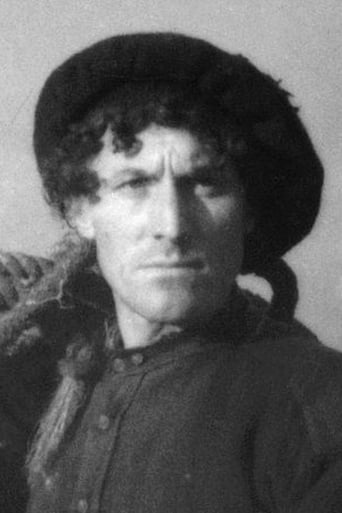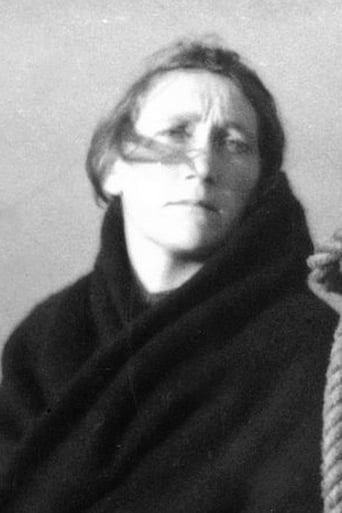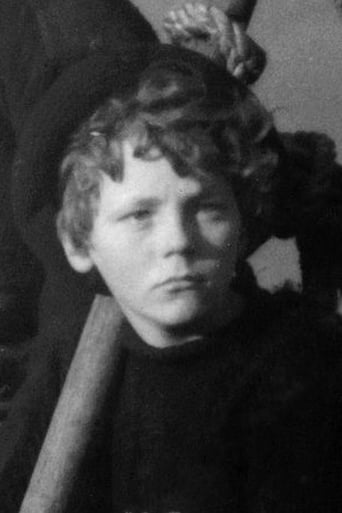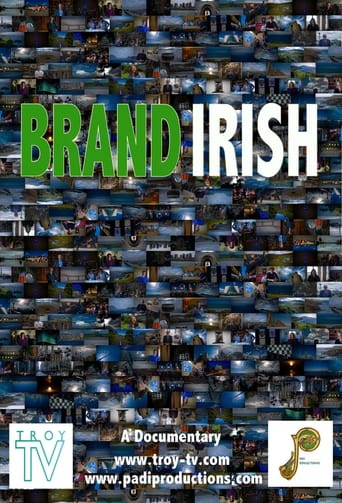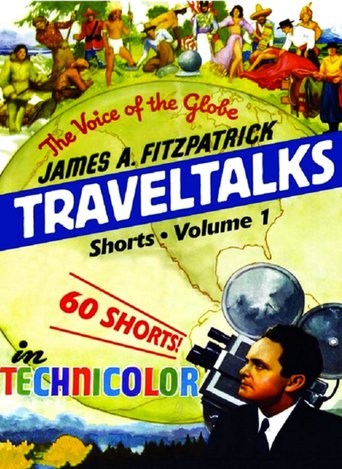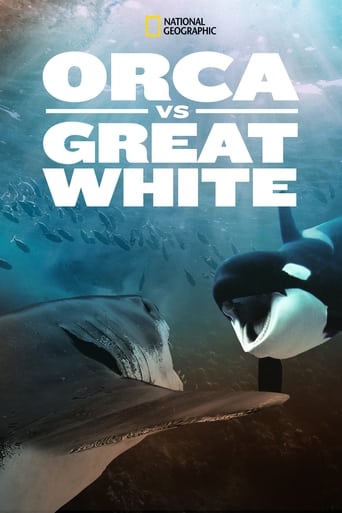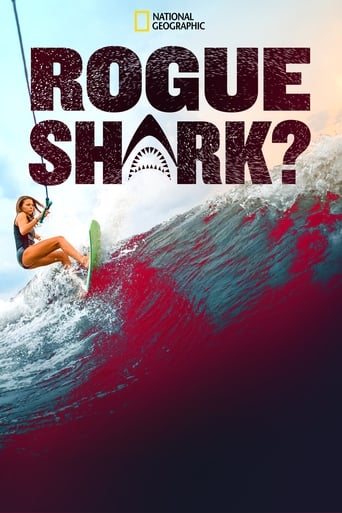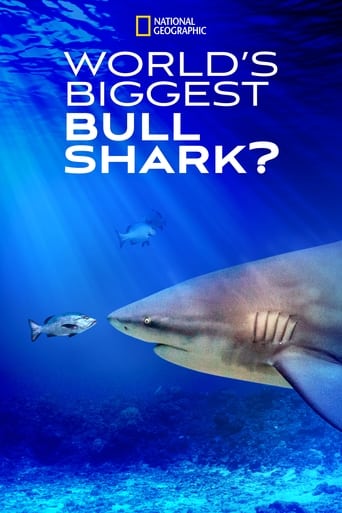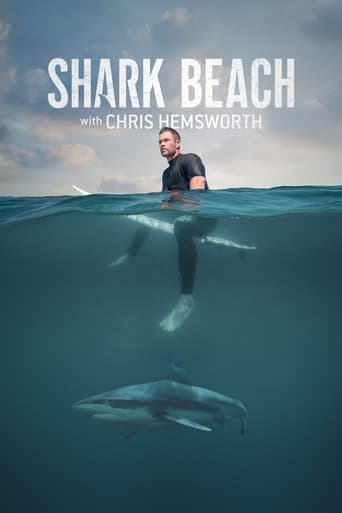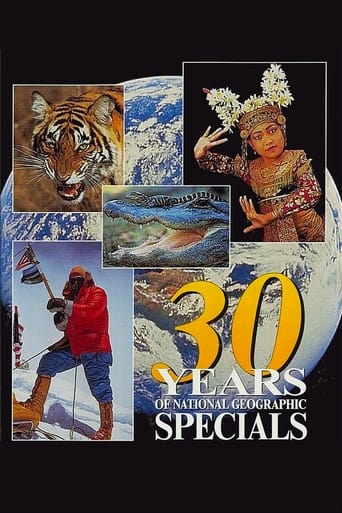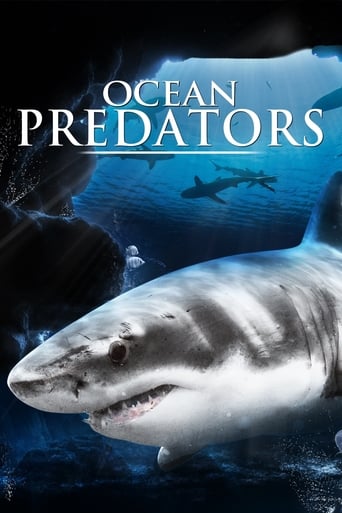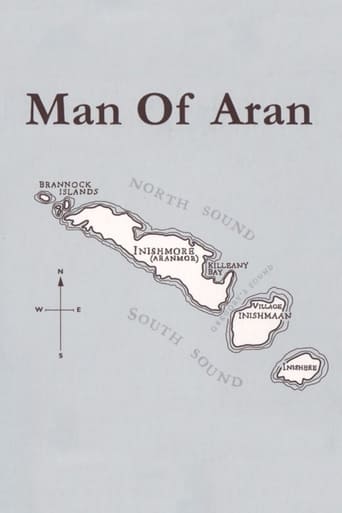

Man of Aran (1934)
A documentary on the life of the people of the Aran Islands, who were believed to contain the essence of the ancient Irish life, represented by a pure uncorrupted peasant existence centred around the struggle between man and his hostile but magnificent surroundings. A blend of documentary and fictional narrative, the film captures the everyday trials of life on Ireland's unforgiving Aran Islands.
Watch Trailer
Cast


Similar titles
Reviews
Another movie by a master movie maker.His documentaries make one feel the hardship his subjects undergo, whether real or not.A must see along with Nanook.The visuals are stunning as is the empathy of the director for his subjects.Would there be a documentary director like him today -- except for Frederick Wiseman whom I am sure was inspired by Flaherty's movies such as Nanook (a picture of a long lost world) and Man of Aran.I wonder if people are still farming Aran or if they have all left for the big city.There are other documentaries by the BBC -- See South Georgia Island or the re-creations of Shackleton's unsuccessful trip to the South Pole and you will feel as well as ache along with them. A true pioneer when making films was difficult at best, impossible at worst. But Flaherty make the impossible real and captured a world that no longer exists.
I rented this from Netflix recently. Visually, this picture is stunning. Some of the finest filming of the sea I've ever seen. The minimalist story really isn't much, just an attempt to provide some excuse for various actions in the film. This film is really not a documentary at all. One of the special features on the DVD is a short film called "Making the Myth" (or something like that), which is all about how the film was made, how Flaherty scripted various scenes, etc. As noted in the a previous review, the entire shark scene was something Flaherty pushed, recognizing that shark hunting sells. However, according to "Making the Myth," basking shark hunting had gone out over 50 years earlier. Apparently Flaherty also thought that, if he got people hunting the sharks for his move, they might start it up again as a local industry. We found a good portion of the dialogue almost unintelligible. Especially at the start, we thought they we speaking Gaelic! Still, the dialogue is really unnecessary. Flaherty uses old fashioned dialogue cards, like in a silent film, to explain what's coming up. Overall, this was a very interesting film to watch. Since it's just over an hour long, it's a good one to see when you have some time but don't want to commit to any "Major Movie Event!"
We had jounced across Galway bay in a 45 minute ferry ride, boarded a pony trap for an hour's ride in a two-wheeled carriage, upholstered with leather and duct tape and driven by an ancient Irishman named Tom Flaherty, whose first language was Gaelic. He deposited us at the Atlantic side of the island at a tiny museum for break. My husband opted for the hike to the headland to view a crumbling 20th century fort, while I browsed the museum. It was there that I spied a poster for "Man of Aran" - only 2.50 Euros per person. It sounded vaguely interesting, a way to pass time til the pony trap driver returned to take us bouncing back to the ferry boat landing.We climbed the steep stairs and were seated in a room overlooking the centuries old stone walls that crawl haphazardly over the rugged terrain. A large high definition television sat before us, and we waited for the lady at the downstairs desk to come turn it on. We were joined by four more people, the blinds were drawn and the warbly, scratchy sound track and grainy black and white documentary began. We were gripped immediately by the story - part adventure, part documentary, part drama. It was easy to believe the severe conditions, the arduous, back breaking work of gathering kelp, fishing in the heaving surf, rocky, slippery shores, having just witnessed them in person. A few of the scenes are a little fakey, but we're talking 1934 here, and if you'd ever seen that pounding surf at the foot of that towering cliff, you'd know why they perhaps went Hollywood in the shark hunting scene. If you can't see it in its place of origin, by all means make the effort to find a print. This is a classic. By the way, our driver, Tom Flaherty, would have been 12 years old when the film was made but the director/producer Flaherty was an American from Hollywood, and much distrusted by the natives. He had one heck of a time making the movie, so the brochure at the desk informed us. In typical local resident style, our driver had never seen the movie and did not claim to be related to the director. He dropped us at the ferry and, speaking endearing terms in Gaelic to Brownie, his faithful cart horse, urged her back up the path to the pub for his daily pint of Guinness.
If you were to ask passers-by on the street if they'd be interested in seeing a 1934 documentary about the harsh day-to-day existence of a tiny community living on a remote island off the coast of Ireland -- well, you'd be standing there all day before you could find someone who'd say, "sure!". Which is really a disappointment because they don't know what they're missing!Think of every poem you've read about the sea and man's relation to it and you might get a clue as to the depths of feeling that this film has. It's like Hemingway, Pablo Neruda and W.B. Yeats all rolled into one. It's extremely simplistic, just shots of how a small family fishes, hauls seaweed for fertilizer (there is no soil on the island) and dodges waves so high that its foam sprays above the cliff-tops. Not to mention an incredible sequence where five fishermen try to catch and kill a shark that is a good deal larger than their boat!What's most exhilarating about this film is that while you're watching it, you can't help but think that these people are crazy to choose to live in such a desolate and difficult place, but then you try to imagine them elsewhere and you know that they are as much a part of that environment as the stubborn sea-worn cliffs are. After even thirty minutes of the film, the roar of the ocean and the cries of the gulls fill your head to such an extreme that you know that such people could live no where else. This film is reminiscent of Roberto Rossellini's film, "Stromboli" about the inhabitants of a small village on a volcanic island. There are a few brief pockets of sentimentality due to the score, but the filmmakers thankfully left out the music during all of the film's most important scenes. Overall what you have is an incredible cinematic experience that makes you think and imagine what it would be like to live a life where every day is a struggle with the elements of nature and a fight for survival, yet filled with the deepest awe and respect for nature and for living.


